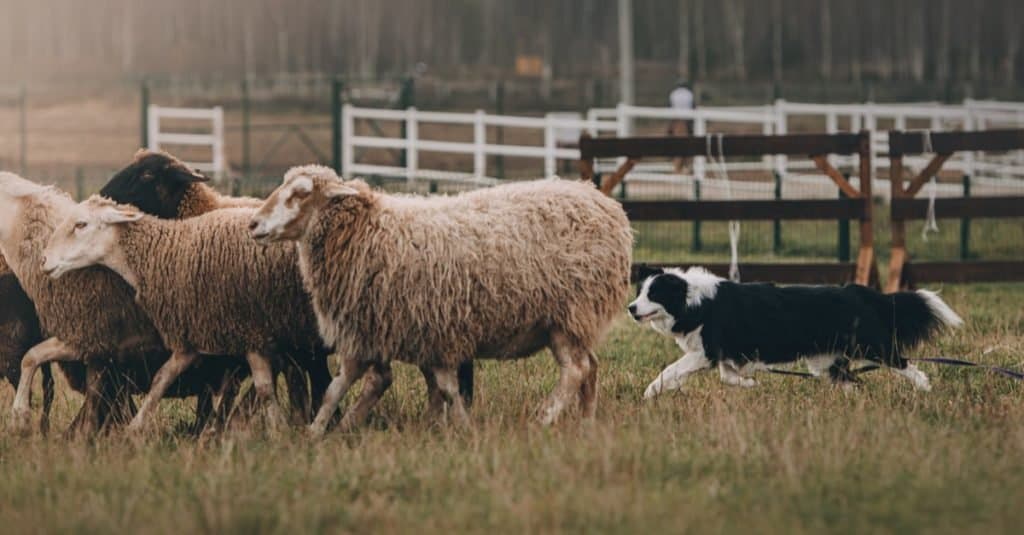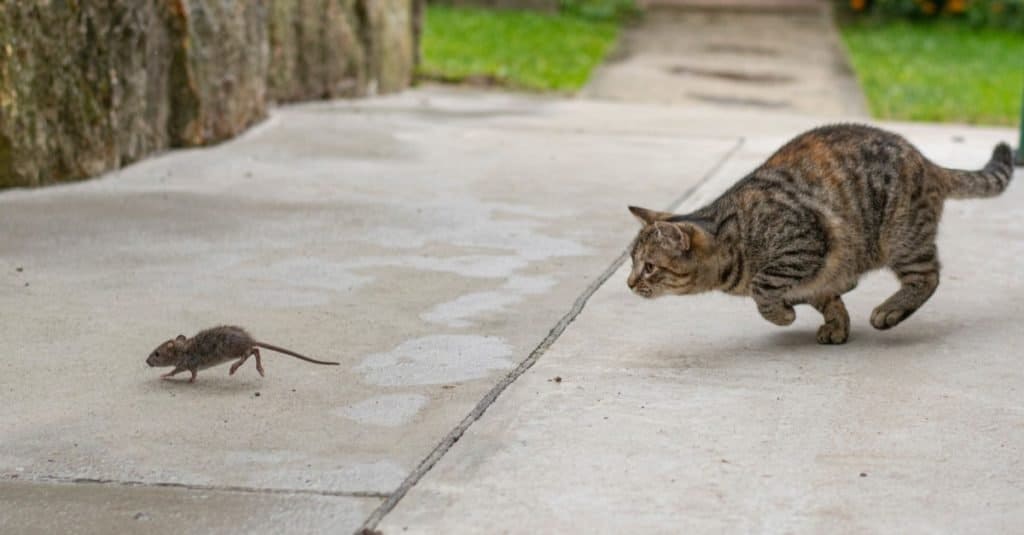According to the latest counts, we Americans currently share our homes with 78 million dogs, 85 million cats, 12 million small mammals, and 9 million reptiles. While many people are already aware of how fundamental the symbiotic relationship between people and dogs was in the survival of both species, are there any other animals that humans got close to in the distant past? Humans’ remarkable affection for all kinds of animals got us thinking: did neolithic peoples care for prehistoric pets?
When did we start keeping pets, and what kinds of animals did ancient humans favor?
Companion Pets vs Domesticated Animals
When discussing the history of human-animal bonding and prehistoric pets, we need to set some definitions — because not all domesticated animals are or were pets.
In the simplest terms, domesticated means trained, but not all trained animals are companions. Cattle immediately come to mind — as do camels. Pets, on the other hand, are domesticated animals for companionship. To state it another way: not all domestic animals are pets, but the majority of pets are domesticated. Exceptions exist. But in those cases, the so-called pet is often illegal. To wit, keeping monkeys as pets is not legal in most states.
Anthropologists and archeologists are confident that the first domesticated wolves — aka dogs — were work animals that herded sheep, goats, and cattle. They didn’t live inside with humans and were likely more like slaves, not friends.
The date that early dogs transitioned from workers to “man’s best friend,” however, is still a matter of debate. As Greger Larson, director of the bio-archeology research network at Oxford University, explained: asking when the first pets landed on the scene is “a bit like asking when did life begin.” Larson’s team believes that early humans kept baby animals around. However, the researchers also think that people let them loose or ate them upon reaching maturity.

©Alexandra Morrison Photo/Shutterstock.com
What Science Reveals So Far About Prehistoric Pets
Although researchers cannot pinpoint the exact era when domesticated animals became companion pets, they have unearthed loads of interesting facts about the possibility of prehistoric pets.
Mietje Germonpre, a Belgian scientist, studied the remnants of a 32,000-year-old grave of a human and dog buried together. And Germonpre’s team isn’t the only one to turn up evidence of prehistoric pets. Another dig unearthed a cluster of circular burial plots in Europe where someone painstakingly laid out canine remains in the graves of men, women, and children, indicating a possible special relationship between the humans and animals. What researchers still cannot determine, though, is if people sacrificed the dogs to accompany the people to death.
The First Prehistoric Pets
According to Greger Larson, evidence exists of cats and dogs buried alongside humans dating back 12,000 years. Some dogs from the period had their own graves that included high-value items. But it’s unclear why. Did people bury dogs and cats as a religious gesture? Were they pets who died of natural causes? Were they sacrificed?
Around 8,000 years ago, humans became more sedentary and erected houses, barns, and grain stores. The new agricultural norm brought with it rodents and other small mammals. That’s when cats pounced on the scene as people welcomed them for their impressive ratting abilities. According to Silvia Albizuri from the University of Barcelona, “these animals were fully integrated into the Neolithic communities.”
Additional studies suggest that prehistoric pet bones show evidence of long-term sickness. The evidence is compelling because it shows that humans cared enough for certain animals to nurse them, suggesting a special bond.
By the time the Romans had emerged triumphant in Europe and Africa, pet ownership among the upper classes was fairly common. A rat infestation had descended on the region, and people quickly discovered that having a small dog or cat around made life much more bearable.

©Stefan_Sutka/Shutterstock.com
10 Fun History Facts About Pets
- Before animals transitioned to pets, they were important religious symbols, totems, and icons. Back then, some cultures believed that human souls needed to pass through dogs to reach the next life, and dead human bodies became food for canines instead of a burial.
- Dogs were an important part of Ancient Greek religion. Canines served in temples as healing therapists and people revered their ability to cure illness.
- Egyptians were big on companion animals, and their artwork frequently glorified the special relationship between man, dogs, and cats.
- Chinese emperors kept companion lap dogs, and they were spoiled pooches! Some accounts reference human wet nurses suckling pampered royal puppies!
- As far as we can tell by the fossil record, wolves transitioned to dogs between 12,000 and 14,000 years ago.
- In a Paleolithic tomb uncovered in Northern Israel, the corpse’s hand rested on the shoulder of an animal with which it was buried. The positioning suggests a close bond between the person and the animal.
- In days of old, pets were a sign of wealth and status. Only aristocrats had the resources to keep them.
- Egyptian art dating back to 3000 BC depicts cats chasing and catching mice.
- The word pet derives from the Middle English word petty, which meant “small.”
- Middle Eastern pharaohs kept hyenas, lions, and monkeys as pets. However, Egyptians valued cats above all other animals.
- All cultures seemed to embrace pet ownership simultaneously. No one society invented the idea of companion animals.
- During the 1700s and 1800s, newspapers regularly published pet eulogies.
- Phillip Henry Gosse created the first aquarium in 1850, which encouraged more people to keep fish as pets.
And that’s what we discovered about prehistoric pets. In short, the exact date of pet emergence is still up in the air. However, research reveals that humans and animals likely started bonding over 10,000 years ago.
Up Next…
- The Top 10 Exotic Pets Illegal in the United States: Exotic animals can be so captivating. But not all of them make good pets.
- Exotic Pet Ownership Laws By State: Sometimes individual states and cities decide for themselves which animals are not welcome. Know the laws where you live.
- The World’s Top 10 Non-Traditional Pets: If you don’t like dogs, something’s probably wrong with you. But even though a pet skunk isn’t everyone’s cup of tea, apparently they can be pretty lovable! Who knew?
The photo featured at the top of this post is © Jesus Keller/Shutterstock.com
Thank you for reading! Have some feedback for us? Contact the AZ Animals editorial team.






